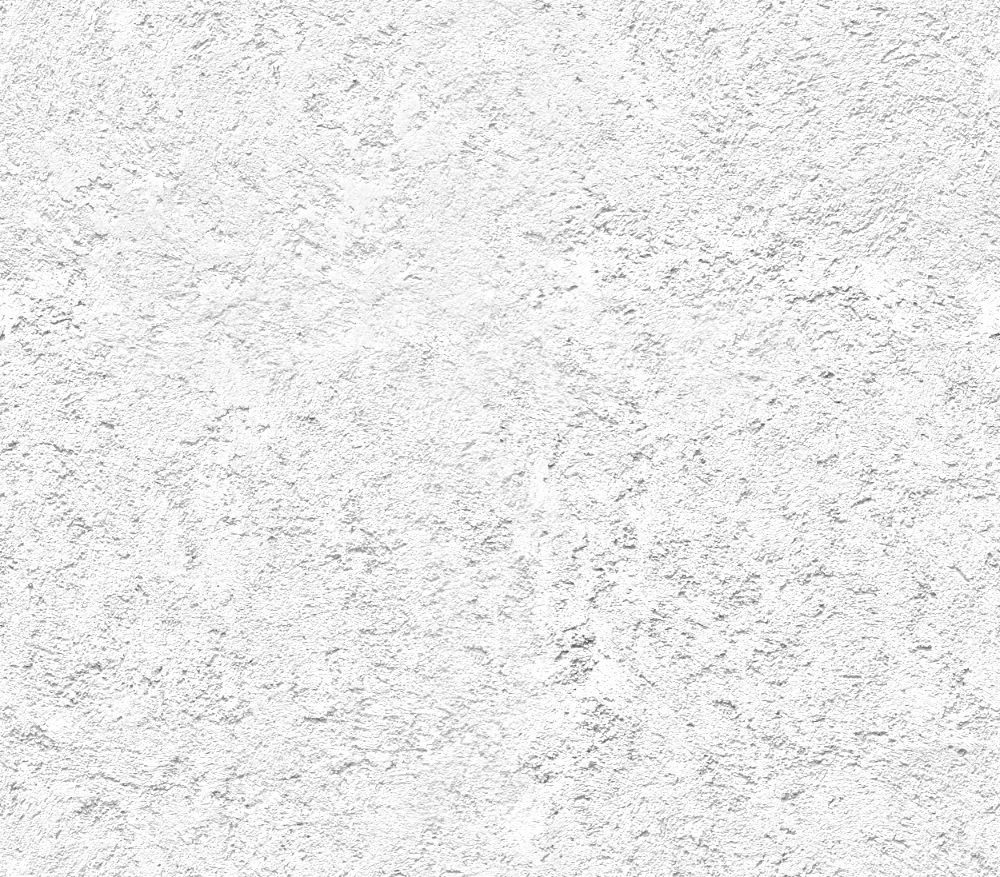Textured Stucco
Category
Finishes
Download
Edit
Stucco is a form of render or plaster, a mixture of sand, water and Portland cement. It is very similar to concrete render finishes however, Stucco typically contains less sand and more lime. It is both highly decorative and robust, meaning it can be used indoors and externally to protect substructures from inclement weather; to add a traditional aesthetic to projects; or as an artistically expressive material on walls, ceilings and sculptures upon a metal, concrete, masonry or timber frame or woven or welded lath-work. Modern stucco is typically laid over a metal wire lath.
Dating back millennia to Indian temples, Egyptian tombs and ancient Greek and Roman civic, religious and cultural architecture, plaster is a protective coating applied to walls and ceilings to protect the surfaces from damage, add a decorative coating to a feature wall, or provide a smooth finish to an otherwise rough structure such as concrete blockwork, stock bricks or timber sheeting. Stucco in particular is commonly associated with sculptures and highly decorative walls and ceilings within seminal Roman architectural works, with early examples of Stucco friezes dating back to Rome in the 1st century AD, although have also been used extensively in religious and cultural works by Middle Eastern and Southern American civilisations around a similar period, with some examples dating further back to around the Egyptian eras. The finer grain of Stucco compared to concrete renders makes it a smooth, attractive finish, suitable for creating neutral or minimal aesthetics, while it is easy to apply in thin coats and is highly suited to complex shapes and surfaces, such as curved walls, vaulted ceilings, or domes. Traditionally, it was commonly employed to transition from decorative wall details and joints to frescos (from the Italian fresh), a form of wall painting where paint is applied while the plaster is still wet, used extensively in Roman times to decorate significant religious, cultural and civic spaces, for which it is most famous. In relatively recent times, modern stucco has proven particularly popular in domestic environments, where it is often used to form and coat curved or angled details between floor to wall, or wall to ceiling seams in a decorative fashion, such as picture rails, coving and skirting.
This particular Stucco contains lime – commonly limestone or chalk – giving it a naturally pinky-light-blonde, creamy-beige Earthen or red infused sandy tone. The surface is moderately smooth and textured, with a gentle landscape of valleys and pockmarks of varying sizes and other, smoother regions, due to the way the render has been applied and the manner in which it has cured. The smoother areas possess some light striated markings, likely from the edge of a trowel, with a slightly weathered appearance. Modern lime and stucco plaster are durable and resilient, being easy to wipe clean, or have scrapes and marks removed by sanding or light cleaning, without the need to completely re plaster the whole area or surface, due to advancements in plaster mixes and technology. This allows for quick and easy fixes, where a damaged portion can easily be filled in and blended to the existing wall, while being as flexible and easy to apply as most paints. Lime plasters are also breathable and nontoxic, making them environmentally safe and moisture and mould resistant as they allows moisture to escape from the substrate without building up. The use of plaster is becoming considerably more common now thanks to contemporary technology; lime plasters are much easier to apply and more durable than traditional variants.
Stucco is an excellent natural material pairing for offsetting other natural materials such as stone, timber and metals. The neutral, cool, light tones make stucco a popular choice for background walls holding paintings and artwork in galleries, for calming environments in care settings, or reducing stress in education establishments and workplaces, establishing visually quiet, relaxed atmospheres. Lime plasters are often sought after for bright, light, airy domestic and public spaces due to the dynamic, visually stimulating changes of colour between warm light and shimmering reflections, creating a light, tranquil feel.
A seamless finishes texture with a textured stucco surface. Seamless textures can be tiled repeatedly across a surface without visible seams making them useful for architectural drawings and 3D models. This image can be used as a SketchUp texture, Revit material or imported into Photoshop for use in 2D illustrations. A high resolution version of this texture is available, as well as CAD hatches and PBR maps with Architextures Pro.

